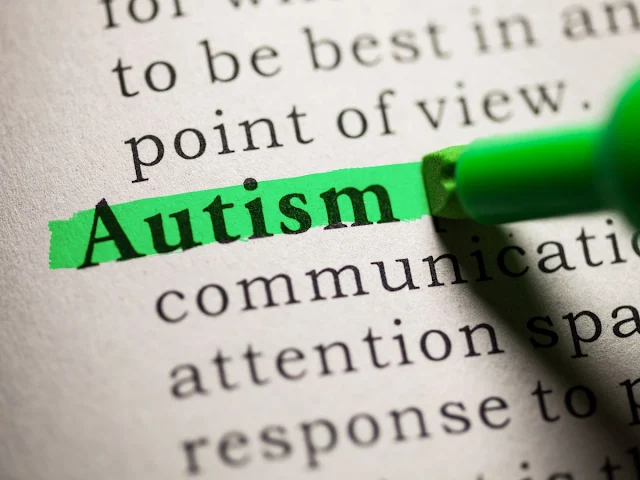According to a study, autism rates among young children have tripled
What Is Autism?
Autism Spectrum Disorder (ASD) is a neurodevelopmental disorder that affects communication, social interaction, and behavior. The condition is characterized by a wide range of symptoms, which can vary from person to person. In recent years, there has been a significant increase in the number of children diagnosed with ASD.
According to data from the Centers for Disease Control and Prevention (CDC), the prevalence of autism in children has risen dramatically over the past two decades. In 2000, the CDC reported that 1 in 150 children had autism. By 2010, this number had increased to 1 in 68, and by 2018, the prevalence had risen to 1 in 54. This represents a significant increase in the number of children diagnosed with autism, and it has led many experts to question what is causing this trend.
There are several potential explanations for the increase in autism rates. One theory is that the increase is due to better awareness and identification of the disorder. In the past, autism was not as well understood as it is today, and many children with autism were not diagnosed. As a result, many children with autism were not receiving the support and services they needed. With increased awareness and understanding of the disorder, more children are being diagnosed and receiving the help they need.
Another theory is that the increase in autism rates is due to changes in the environment. There is growing evidence that exposure to certain toxins, such as pesticides and heavy metals, may be a risk factor for autism. Additionally, there is research suggesting that certain prenatal exposures, such as prenatal exposure to certain medications, may also be a risk factor for autism.
It is also suggested that the increase in autism rates may be due to a combination of genetic and environmental factors. It is well known that autism has a strong genetic component, and recent research has identified several genes that are associated with the disorder. However, it is also clear that the environment plays a role in the development of autism.
The increase in autism rates is a cause of concern, as it has significant implications for families, schools, and communities. Children with autism often require specialized services and support to help them reach their full potential. This can be costly, and it can be challenging for families to navigate the complex system of services and supports that are available.
Schools also face challenges in educating children with autism. Many children with autism have difficulty with social interaction, communication, and behavior. This can make it difficult for them to participate in traditional classroom settings, and they may require specialized instruction and support.
Communities also need to be prepared to support individuals with autism as they transition into adulthood. Many individuals with autism have difficulty with employment, housing, and independent living. This can lead to a lifetime of dependence on social services, and it can be a significant financial burden for families and communities.
In conclusion, the increase in autism rates is a significant concern, and it highlights the need for continued research and support for individuals with autism and their families. With better understanding of the disorder, we can develop more effective interventions and support services to help individuals with autism reach their full potential. Additionally, it is important to continue to investigate the environmental causes of autism to prevent the increase in rates and to help families and communities to better understand and support individuals with autism.


.jpg)

.jpg)




.jpg)




No comments:
Post a Comment